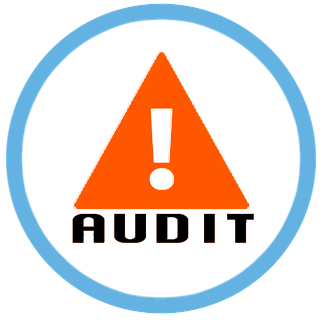Audit Complaints Show Workers’ Comp Providers Face Uphill Battle

In California, workers’ compensation providers face a labyrinth of billing and payment rules, and these providers struggle with an enforcement structure that favors employers and insurers. As our clients’ experiences demonstrate, provider compliance does not guarantee proper reimbursement.
Each year DaisyBill clients submit thousands of audit complaints* to the DWC regarding employers’ and insurers’ non-compliant payment behaviors. Subsequent action from the DWC can be inconsistent, however, demonstrating the disadvantage providers face.
Enforcing Payor Compliance
By submitting audit complaints, providers can enlist the Division of Workers’ Compensation (DWC) to help enforce payor compliance. These complaints alert the Division’s Enforcement Unit to payor shenanigans. In theory, the audit complaint should result in an investigation by the DWC — and punitive action should the DWC determine the payor was noncompliant, as alleged in the complaint.
To date, our clients have submitted almost 13,000 audit complaints.
Unfortunately, follow-up by the DWC on those audit complaints is not always forthcoming. Providers often report that after submitting audit complaints, the DWC does not respond; the provider hears nothing back. Only in the event the provider receives a payment from the offending payor does the provider have any indication that the DWC took action.
In fact, in some cases where providers informed the payor after submitting an audit complaint (audit complaints are anonymous by default), the payor remitted correct payment before the DWC even got involved.
New Rules, New Opportunities for Underpayment
As new layers of complexity are added to the billing and payment process, more and more opportunities are created for employers and insurers to underpay. More onus is placed on providers to combat this underpayment at their own expense.
Automatic authorization streamlines the RFA and utilization review process, but already insurers improperly deny payment under its new timeframes. Plans to apply Geographic Practice Cost Indices (GPCI) to California, which would further adjust reimbursements based on location, have already raised complaints that providers will try to game the system by claiming rates for higher-cost areas. How many denials of payment can we expect from claims administrators questioning a provider’s office location?
Of those denials, how many will prove invalid?
In its current form, disputes in the workers’ compensation billing and payment system default to the payor’s advantage. Each new twist and turn in the rules creates another possibility for disputes, and another dimension to the neverending uphill battle for proper reimbursement.
Until enforcement is more balanced, injured workers will continue to face limited options when seeking providers who are willing to sustain that fight.
*NOTE: The Audit Complaint form was updated in 2019. Access the updated form here: https://www.dir.ca.gov/dwc/Auditref.pdf
The fight continues, but DaisyBill is on your side. We arm providers with all the tools you need for quick, compliant authorization, billing, and appeals. Level the playing field; schedule a free demonstration, and see what DaisyBill can do for your office.
REQUEST DEMO
DaisyBill provides content as an insightful service to its readers and clients. It does not offer legal advice and cannot guarantee the accuracy or suitability of its content for a particular purpose.

.gif)

